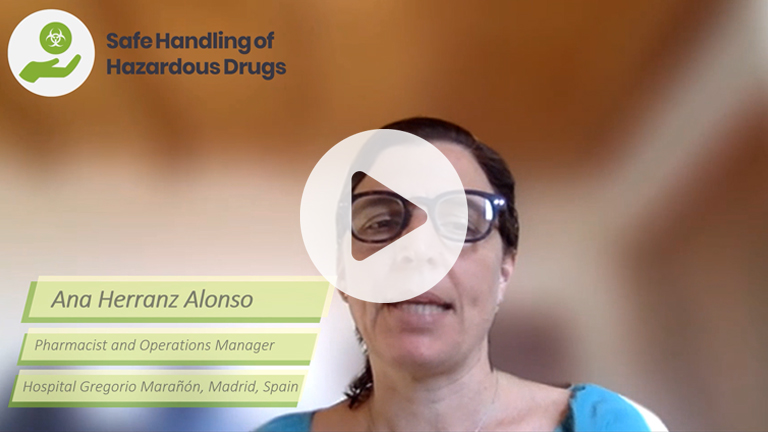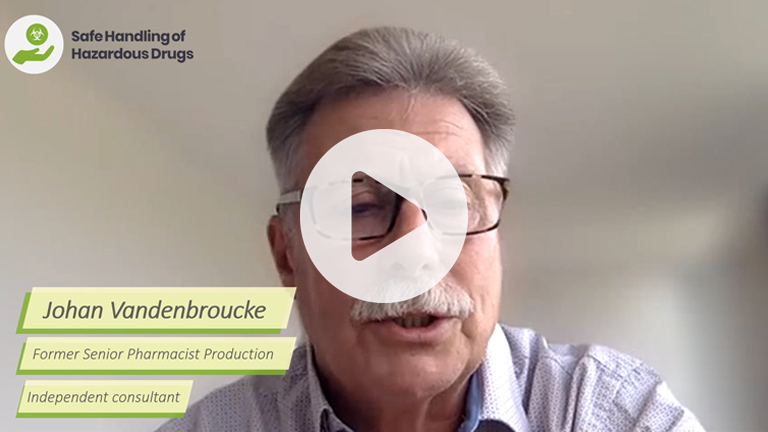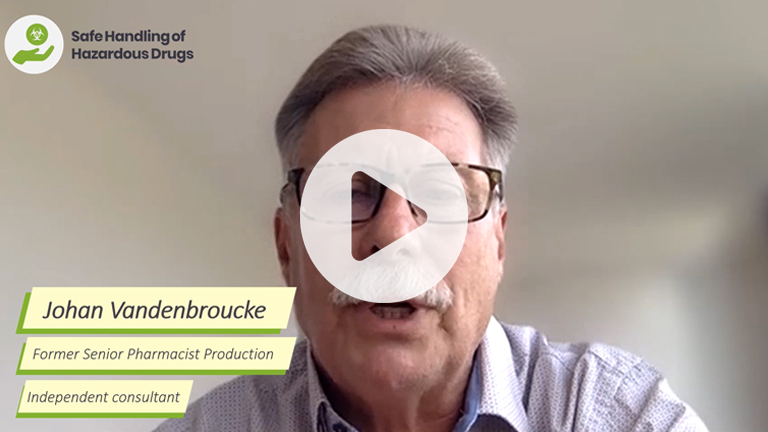OTHER RESOURCES
KEY PAPER EVALUATION
Engineering controls for the safe administration of hazardous drugsEXPERT OPINION
Hazardous drug exposure of healthcare workers Alison Simons and Samantha TolandReducing the risk of hazardous drug exposure to health care workers
One of the biggest concerns in the administration of hazardous medications is the risk to those who come into contact with them. These include patients, nurses, and other health care professionals who administer the treatment.
Medications classified as hazardous cause adverse health consequences if encountered in a work environment.1 Hazardous drugs encompass a range of medications, including some bioengineered drugs, hormones, chemotherapy agents, such as cytotoxic treatments, antiviral medications, and other pharmaceuticals.2
Hazardous medications exhibit at least one of the following characteristics: reproductive toxicity, organ damage at low doses, carcinogenicity, teratogenicity or other developmental toxicity, genetic mutation, or a molecular and toxicity profile that imitate existing hazardous treatments that fall into the aforementioned characteristics.2

Cytotoxic medications are designed to eliminate rapidly growing cells, such as cancer cells, by halting their replication and growth.3 While cytotoxic drugs offer life-saving benefits to patients, healthcare workers handling these medications face a different reality. Unlike patients, who experience side effects in exchange for therapeutic gains, healthcare workers are exposed to risks without any medical benefit.3
Globally, the use of cytotoxic medications, i.e., those that are designed to eliminate rapidly growing cells by halting their replication and growth, is expanding.3 Additionally, these drugs are used to manage non-cancerous diseases like systemic lupus erythematosus, psoriasis, and multiple sclerosis. Furthermore, the roles of these drugs in haematology and rheumatology are expanding their overall usage.3
How do we reduce the risk of exposure to these hazardous medications?
Health and safety authorities including the National Institute for Occupational Safety and Health (NIOSH) recommend healthcare workers use a Closed System Drug-Transfer Device (CSTD) throughout the hazardous medications-handling process, from pharmaceutical compounding to patient dose administration.1 The United States Pharmacopoeia (USP) mandates the use of CSTDs during the preparation and administration of hazardous drugs.4
NIOSH defines a CSTD as “a drug transfer device that mechanically prohibits the transfer of environmental contaminants into the system and the escape of the hazardous drug or vapour concentrations outside the system”.1
To fulfil the “prohibit the transfer” requirement of this definition, there are two design concepts manufacturers use for CSTDS.5 CSTDs can use either physical containment or air filtration to prevent hazardous medication contamination of the workplace.5
Correct design and use of CSTDs reduces healthcare workers’ exposure risk during the preparation and administration of hazardous drugs.5
Considerations when implementing the use of CSTDs
CSTDs have been successful in reducing exposure to hazardous drugs with overall 12.24% contamination being detected when using CSTDs compared with 26.39% when using standard isolators.6 These percentages differ depending on the treatments with CSTDS showing reduction in contamination to as low as 2.8%.6 As they do not eliminate exposure it is important that several factors are considered when implementing their use. For instance, ensuring compatibility between the chosen CSTD and the medication and the diluents it encounters is crucial.7
CSTDs might not be suitable when hazardous medications are combined with solvents like N,N-dimethylacetamide. This solvent can dissolve the CSTD’s plastic components, potentially allowing medication leakage or contamination, posing risks to patient safety.7
Notably, NIOSH identifies CSTDs as supplementary controls and not substitutes for ventilated engineering controls such as biological safety cabinets and containment isolators.1 During the hazardous treatment compounding phase, it is important that CSTDs are only used within ventilated engineering controls.1 In addition to this, appropriate work practices and personal protective equipment should also be used when handling or operating CSTDs.1
References
1. NIOSH. Preventing Occupational Exposures to Antineoplastic and Other Hazardous Drugs in Health Care Settings.; 2004. Available at: https://www.cdc.gov/niosh/docs/2004-165/pdfs/2004-165.pdf. Accessed October 29, 2021.
2. NIOSH. NIOSH List of Antineoplastic and Other Hazardous Drugs in Healthcare Settings, 2016.; 2016. Available at: https://www.cdc.gov/niosh/docs/2016-161/pdfs/2016-161.pdf. Accessed October 29, 2021.
3. European Biosafety Network. Preventing occupational exposure to cytotoxic and other hazardous drugs.; 2016. Available at: https://www.europeanbiosafetynetwork.eu/wp-content/uploads/2016/05/Exposure-to-Cytotoxic-Drugs_Recommendation_DINA4_10-03-16.pdf. Accessed October 29, 2021.
4. Gabay M. Director, Drug Information Group and Prior Authorization Services, Clinical Associate Professor, Department of Pharmacy Practice, University of Illinois at Chicago College of Pharmacy, Chicago, Illinois. 2014;49:811-812.
5. Centers for Disease Prevention and Control. Hazardous Drug Exposures in Healthcare Closed System Drug-Transfer Device (CSTD) Research. 2021:1-3.
6. Simon N, Vasseur M, Pinturaud M, et al. Effectiveness of a Closed-System Transfer Device in Reducing Surface Contamination in a New Antineoplastic Drug-Compounding Unit: A Prospective, Controlled, Parallel Study. Ahmad A, ed. PLoS One 2016;11:e0159052. Available at: https://dx.plos.org/10.1371/journal.pone.0159052.
7. Hirst D, Mead K, Kastango E, et al. A Performance Test Protocol for Closed System Transfer Devices Used During Pharmacy Compounding and Administration of Hazardous Drugs. NIOSH Docket 2016;288:4-5.
Want to learn more about engineering controls? Check out these learning modules.
Safe preparation and administration of hazardous drugs >
Restricted content
Dr Ana Herranz explores who is at risk of exposure to hazardous drugs, what precautions are put in place to protect them, who has responsibility for ensuring their safety and what guidelines and legislation exist to protect them. Watch her intro video or go direct to the module!
Restricted content
Hospital staff, patients and visitors are all affected if hazardous drugs are not handled safely. This module examines best practice in the preparation, administration and waste management of these drugs. Play the video to watch Johan Vandenbroucke introduce his updated module.
Restricted content
All healthcare professionals, and especially hospital pharmacists, need to concern themselves with ensuring the quality of injectable medications. This module explores the technologies used to maintain product integrity from preparation to administration. Watch Johan Vandenbrouke briefly introduce his updated module.


